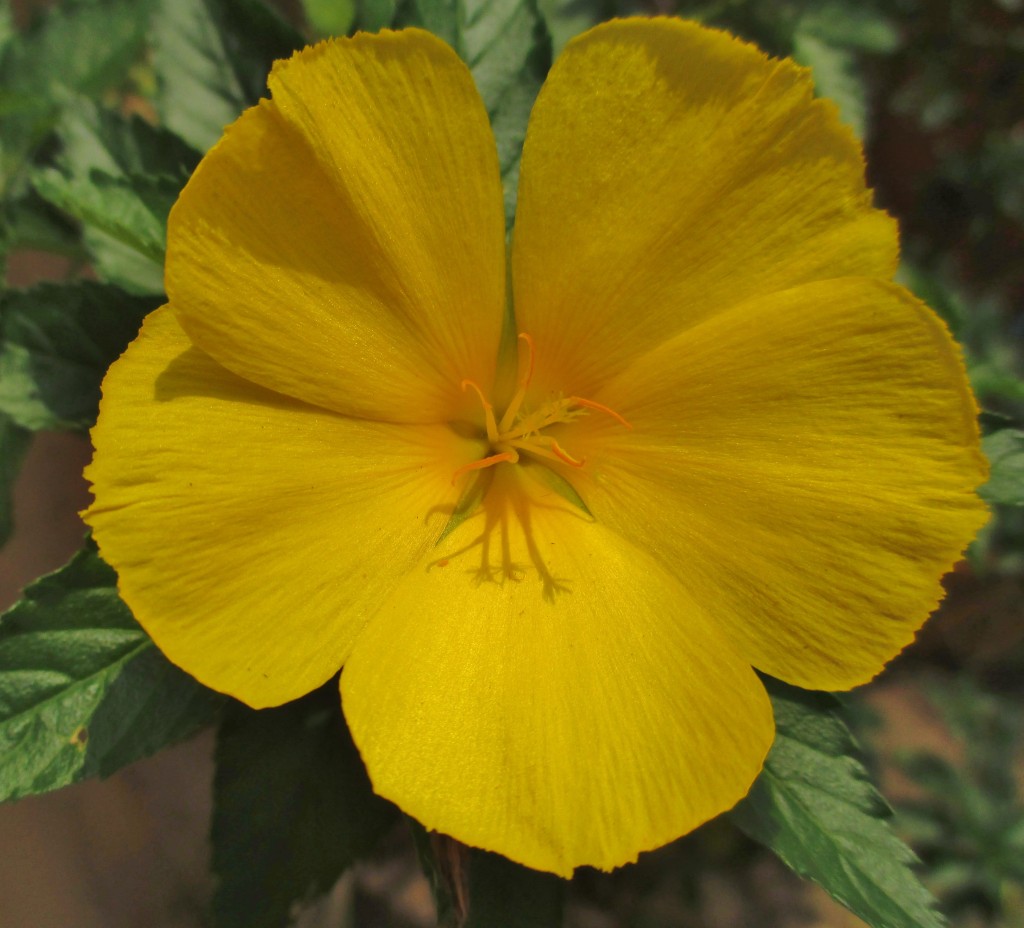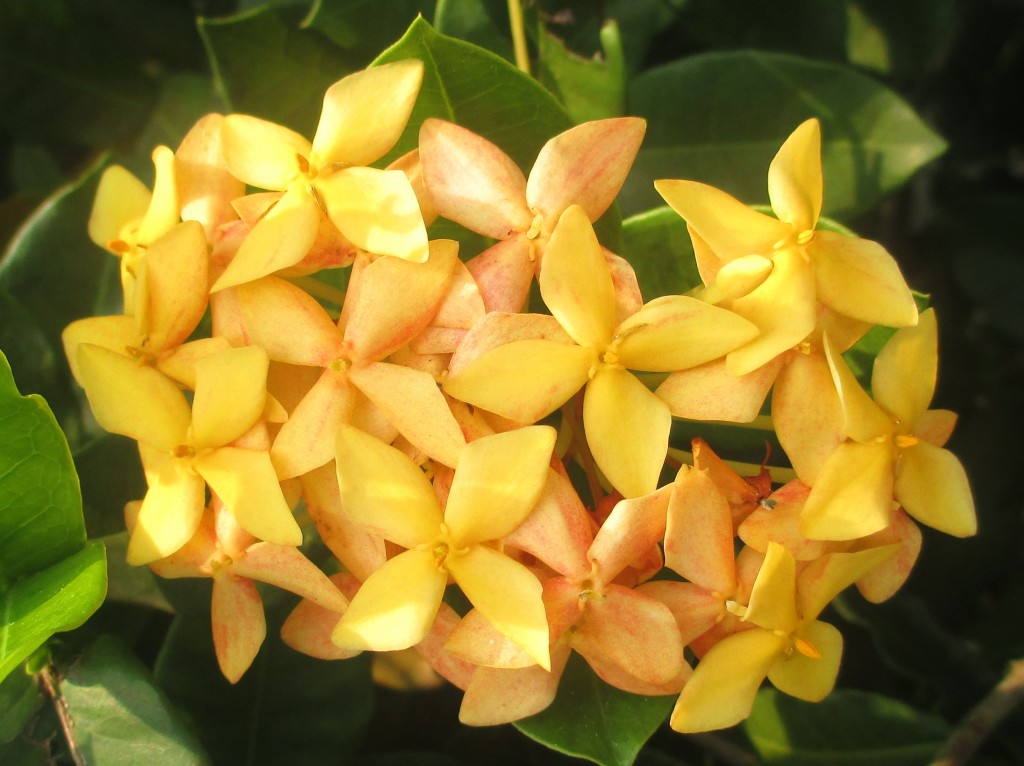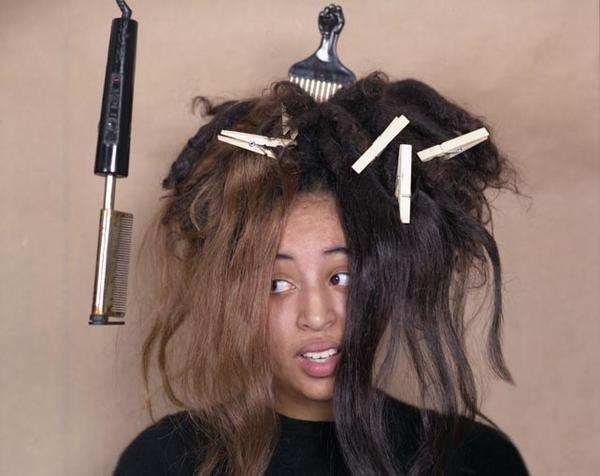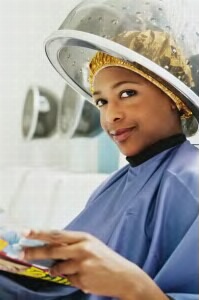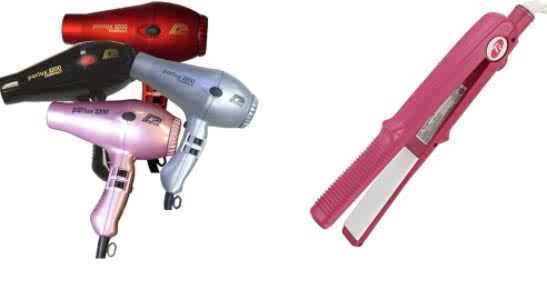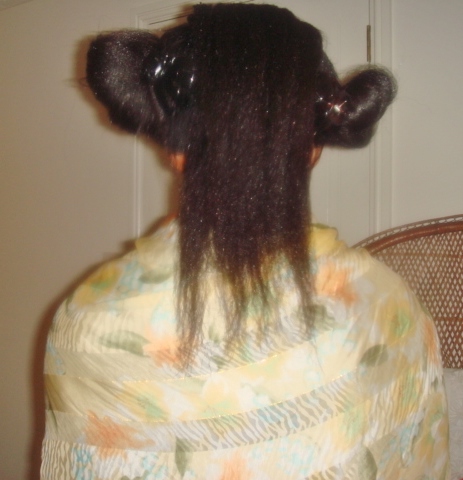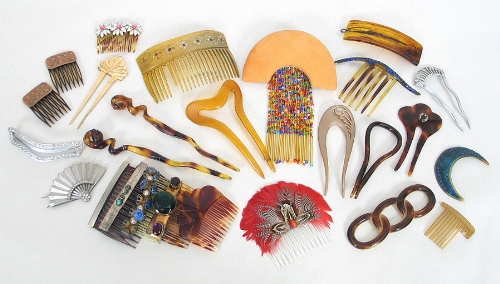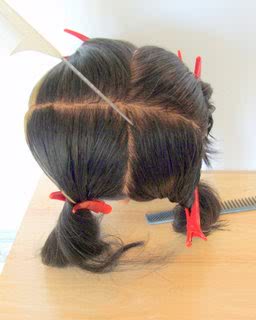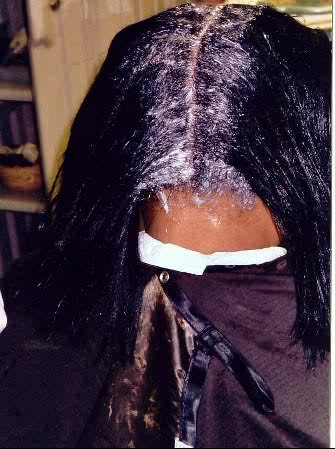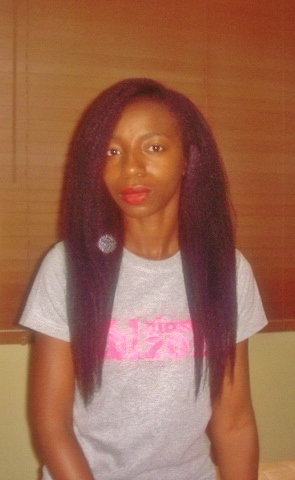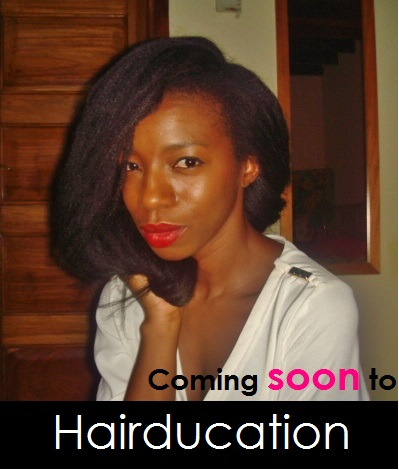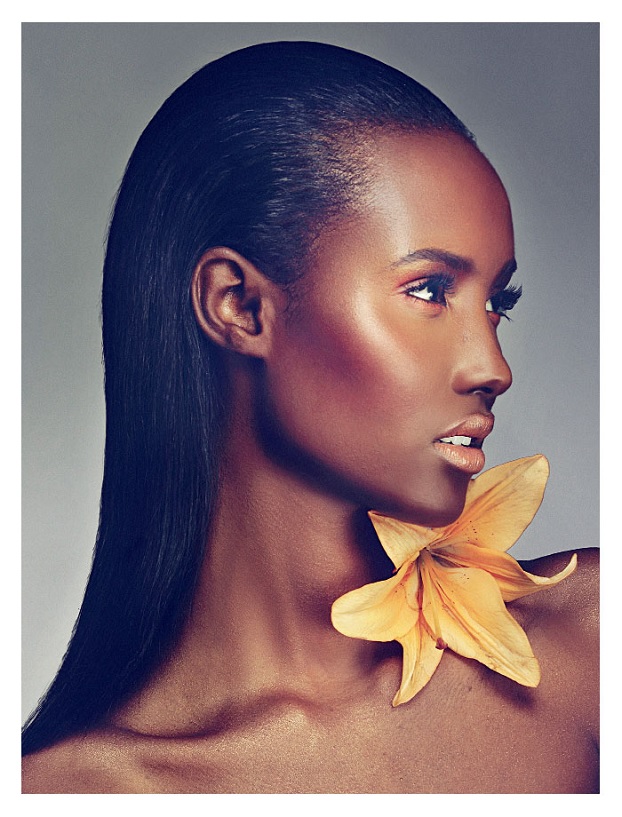
I used to be the girl that would remove her weave and get her hair relaxed on the same day.
I often left the salon disappointed because my hair would be the same length or in some cases shorter and thinner than when I installed the weave. I did not know what I was doing wrong.
A lot of us relax our hair but unfortunately a large percentage of us suffer hair loss as a result of it. This blog post will be the first of a two part series about relaxers and how to prevent hair loss as a result of relaxing.
In this post I will address the following
1) How do relaxers work (to give readers a better understanding of the risks involved)
2) Types of relaxers (to help readers decide which is best for their hair and scalp)
3) How often should hair be relaxed
4) Preparing hair for retouching and why this is an ESSENTIAL step for preventing breakage
HOW DO RELAXERS WORK
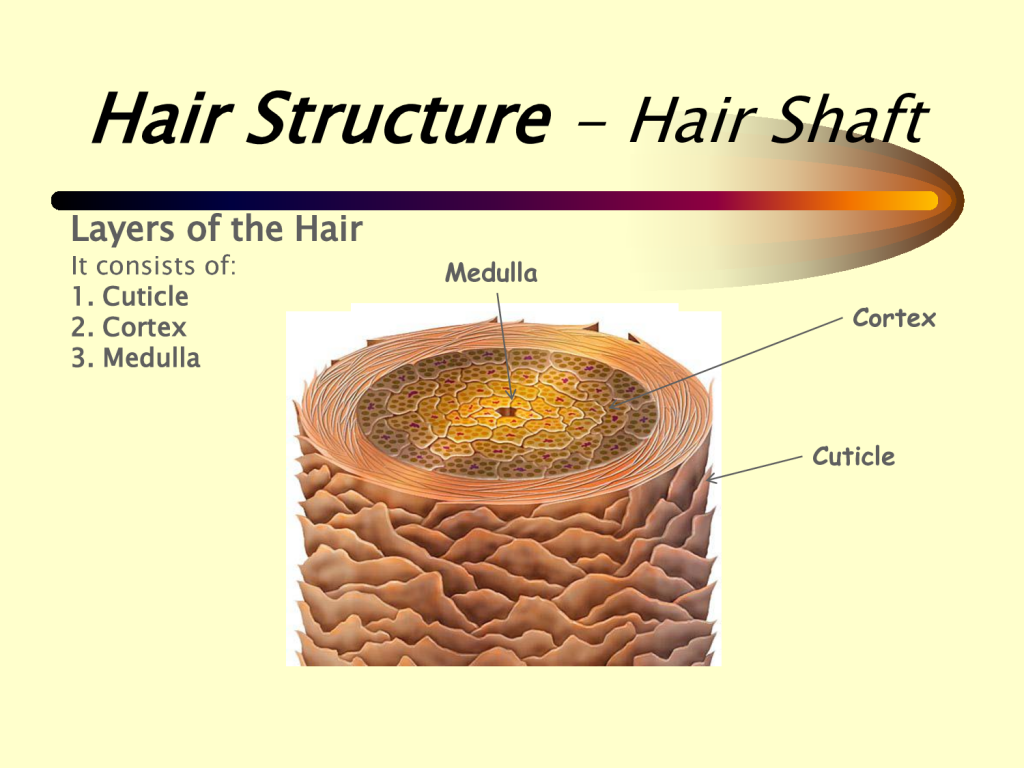
Our hair has several types of protein links/bonds in its structure. Relaxers work by opening the cuticle layer and penetrating the cortex of our hair.
The relaxer breaks some of the protein links in the cortex our hair. The hair is then smoothed/pulled into its new straightened shape.
The unfortunate truth is that relaxers work by weakening the structure of black hair. Please note however that relaxed hair can still look healthy and be strong if correct steps are taken before, during and after relaxing.
If relaxers are abused or used too often it can result in damage to the scalp and cause major hair loss. This risk is well publicised but unfortunately several of us ignore this advice because the hair loss that occurs may not be immediate. Relaxer abuse will result in weakened hair that breaks gradually over weeks and months.
TYPES OF RELAXERS
LYE RELAXERS
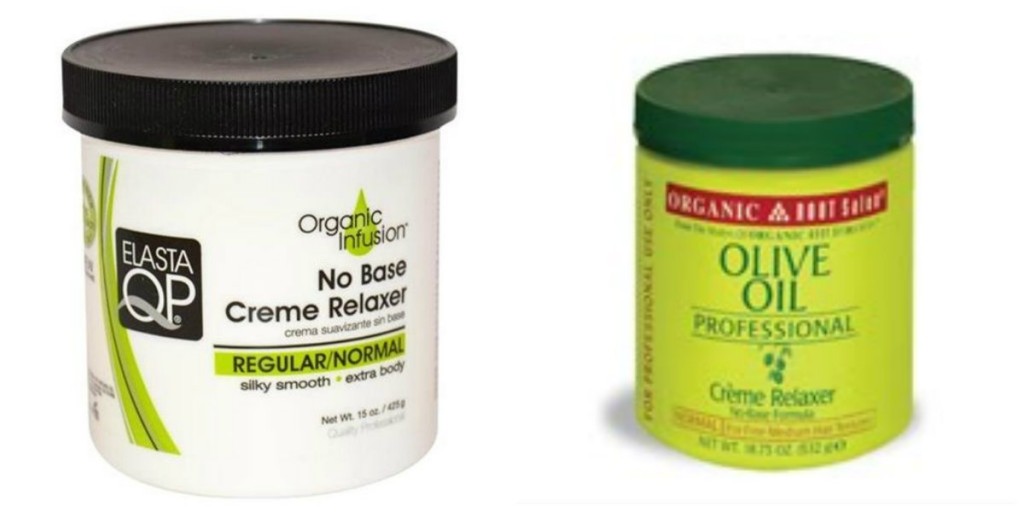
These are usually packaged in a jar or tub and are ready for use, i.e. there is no need to mix them with activators. They are sometimes called No-Base Relaxers.
PROS
Lye relaxers are said to be better for hair fibres because the formula does not leave mineral deposits on the hair. Mineral deposits left on hair fibres can hinder its ability to absorb moisture.
Also the levels of protein breakage that occurs with lye relaxers will allow the hair to retain more of its natural strength and elasticity than no-lye formulas.
CONS
Lye relaxers can be quite harsh on our scalp in comparison to no-lye relaxers. For this reason, lye relaxers may not be suitable for ladies with very sensitive scalps or ladies that burn easily.
NO-LYE RELAXERS
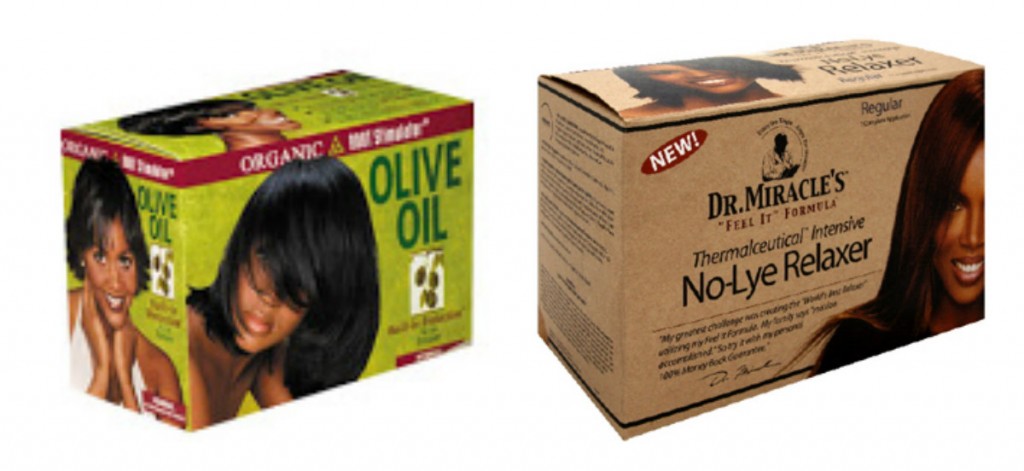
These usually come in a box kit that contains activators to be mixed in to activate the formula.
PRO
No-lye relaxers are said to be “easier” on the scalp than lye relaxers. This means that it is not as harsh on the scalp as lye formulas. So if you have very sensitive scalp which burns easily you may want to consider using a no-lye relaxer. Please note that all chemical relaxers (lye or no-lye formula) can cause severe scalp burns and hair loss if it is used incorrectly
CONS
No-lye relaxers can leave our hair quite dry. This is because no-lye formulas leave some mineral residues on our hair fibre which decreases its ability to absorb moisture. Remember dry hair has a higher risk of breaking. To overcome this problem a chelating shampoo should be used once a month if you use a No-lye relaxer formula. Chelating shampoos work beneath the surface of the hair fibres to remove stubborn minerals from no-lye relaxers, chlorine in swimming pools and hard water residue.
HOW OFTEN SHOULD HAIR BE RELAXED 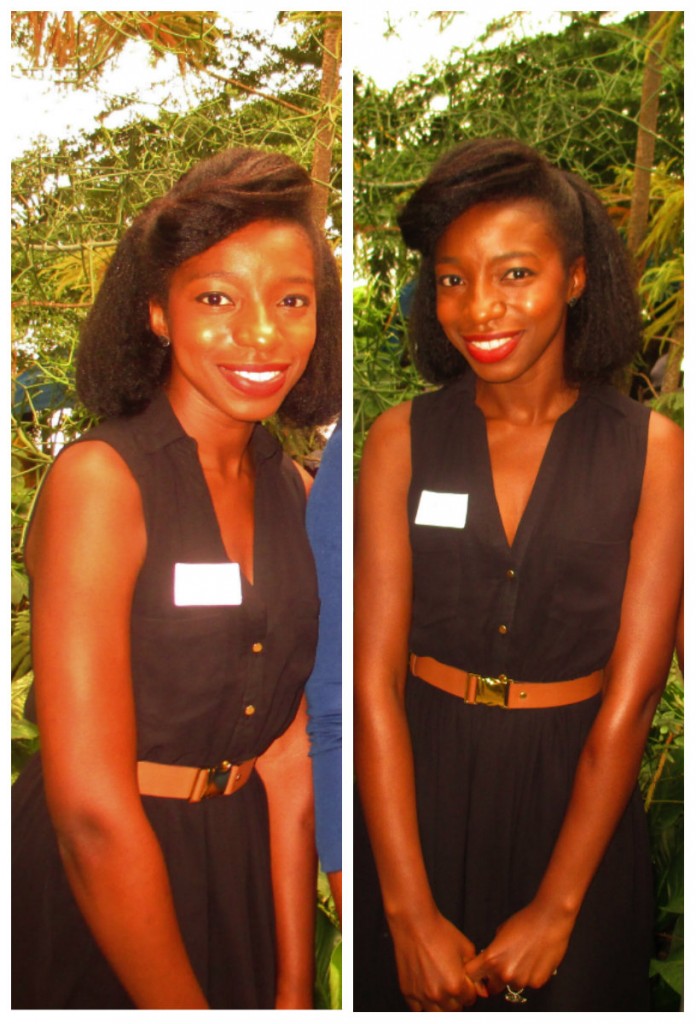
My hair 16 weeks after it was relaxed, at the Naturals in The City Event in Lagos
New camera! Please bear with me whilst I learn how to adjust the camera light settings.
When your hair has been relaxed, you should wait at least 8 weeks before your next relaxer. Relaxers are meant to be applied to new growth and not on hair that is already relaxed.
The amount of new growth we have before 8 weeks is usually less than 1 inch long. If relaxer is applied to hair that has very little new growth, it will come in contact with previously relaxed hair thereby relaxing it twice and over processing it.
Over processed hair is very damaged and it will break easily over the following weeks and months.
Stretching Beyond 8 Weeks
The directions on most chemical relaxers suggest that hair should be retouched every 8 weeks. Please note however that you can extend the amount of time between your relaxer touch ups for longer than 8 weeks.
Extending the amount of time between your relaxers for more than 8 weeks is known as stretching. For example several ladies on healthy hair journeys stretch their relaxer touch ups to every 10 to 12 weeks, I relax my hair every 20 weeks.
I will elaborate on stretching, its great benefits and how to take care of hair whilst stretching in a separate post.
PREPARING HAIR FOR RELAXING
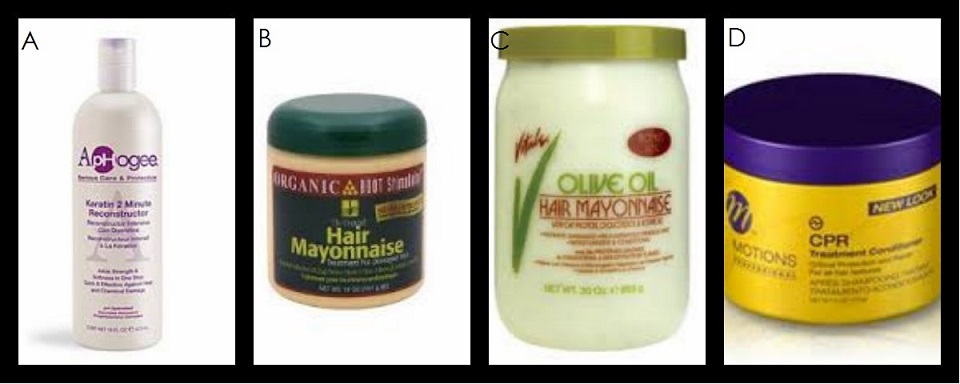
Protein Conditioners
As noted above relaxers work by breaking down some of the protein bonds in our hair. If hair that is lacking in protein is relaxed, you can begin to imagine how fragile it will be after the relaxer process. Hair this fragile and damaged will not be able to withstand daily wear and tear and although breakage may not be immediate, it is almost inevitable. It is therefore essential to prepare for relaxing by ensuring that your hair is not lacking in protein. Hair should be washed and deep conditioned with a protein conditioner a week before it is relaxed.
Hair that has just been removed from extensions is usually weak and in need of protein so to proceed to relaxing it the same day is a recipe for disaster: sooner or later the breakage will occur.
Hair that has been removed from extensions should be thoroughly detangled, washed and conditioned with a protein deep conditioner the week before relaxing. The hair should be washed in sections or in single braids to prevent matting and tangles.
Allowing a week between removal of extensions and relaxing will also give your scalp a chance to recuperate.
As always, I hope the above facts has helped somebody out there.
Please come back soon for part two which will provide a step by step guide for the actual relaxing process.
Learn | Change | Grow
